What are symptoms of varicose veins?
Varicose veins are seen in both men and women of all races and cultures. Overall, it appears that women are more affected by varicose veins than men. What has to be understood is that just because one has varicose veins, does not always mean that one will have symptoms. There is no correlation between having varicose veins and symptoms. Some women have very mild varicose veins and they will complain of leg swelling and pain. Other women may have “rope-like” varicose veins and yet may only complain about the poor cosmetic appearance
In general, as the varicose veins progress, symptoms will appear.
The most common symptoms of varicose veins include:
Pain: The majority of individuals with varicose veins will complain of an odd ache in the lower legs. The ache is generally worse towards the end of day; usually after having been up on the feet all day. The pain may start in the foot and one may even feel a throbbing sensation along the calf and lower leg. Still other individuals will complain of crampy pain during the night. In almost all cases, the pain eases off when one is sitting or lying down. Elevating the legs provides instant relief in many individuals.
Itching: Many individuals with varicose veins complain of dryness and constant itching on the lower legs. The itching and dry skin is related to blood pooling in the superficial veins of the leg. Often the itching is worse after a shower or in hot weather. The itching does get better when legs are elevated. One way to reduce itching is to apply a skin moisturizer on a regular basis.
Skin discoloration: In each and every case when varicose veins are left untreated, discoloration of skin will occur. When blood starts to collect in small veins, the constant high pressure causes the blood to leak outside into the surrounding tissues. Over time, the blood pigments cause an irreversible staining of skin that usually is very obvious around the ankle. The skin will appear dark gray or brown and the discoloration is circumferential. When skin discoloration is first observed around the ankles, it is important to take preventive measures like wearing compression stockings. If stockings are not used, the skin discoloration will become permanent.
Skin texture: As varicose veins progress, the skin especially around the ankles becomes dry and rough. The skin also becomes thin and is very prone to bruising. Even the slightest trauma can cause skin to break open. To prevent dryness, it is essential to apply a moisturizer regularly.
Venous ulcers: In many individuals, varicose veins are only a harmless cosmetic defect. However, once varicose vein progress an ulcer can develop. The ulcers occur because blood leaks out of the vein and damages the skin. The ulcer typically occurs on inside of the ankle, is quite painful and almost impossible to heal. The ulcer usually gets bigger with time and can make life miserable. Despite 50 years of research, no one knows how to best treat this ulcer. The majority of venous ulcers heal and break open every few months. The only way to treat a venous ulcer it to get the varicose vein treated early.
Swelling: When varicose veins are moderate to severe, swelling of ankle and foot is common. The swelling is most obvious after one has been standing all day. The swelling typically subsides while resting or lying down. If legs are kept elevated for the night, the swelling disappears.
Phlebitis: When blood clots form inside varicose veins, this is known as phlebitis. The blood clots irritate nerves, induce redness and pain. The outer surface of skin may appear red and swollen. Phlebitis can cause pain while walking. The condition is best treated with aspirin, rest, and compression stockings. When the induration is severe, there may also be a need to use an antibiotic.
Numbness and tingling. Some individuals with varicose veins will complain of numbness or tingling on inside of the lower leg. These neural symptoms occur because of irritation of nerves that runs with the varicose veins. There are some individuals with varicose veins who complain of moderate degree of a burning sensation on bottom of their feet. It is not known if these sensations are strictly related to varicose veins, because the sensations persist even after varicose veins have been treated. In some cases, the burning sensation lessen while resting.

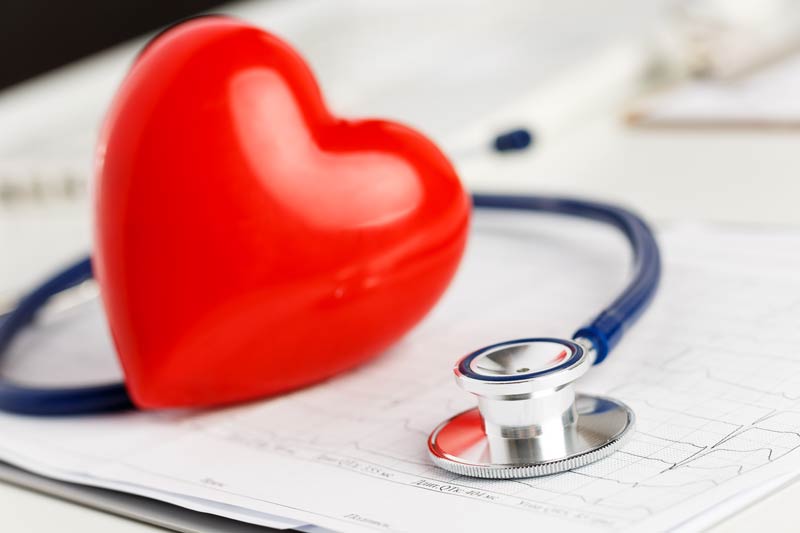
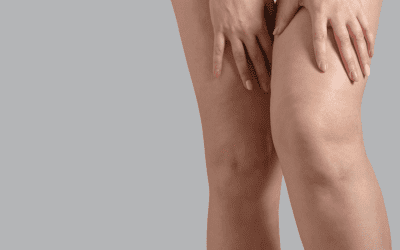

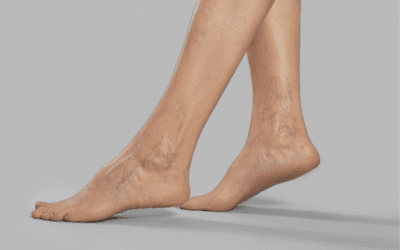
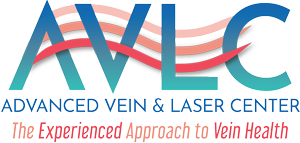
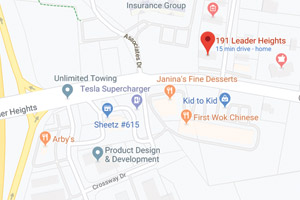
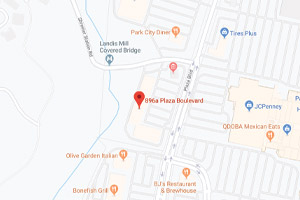
0 Comments